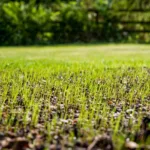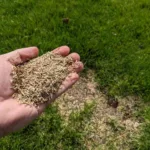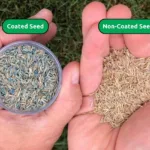There are a LOT of different grass varieties out there, and we often get questions from our readers wanting to know which types of grass seed are best.
The truth is that there are probably dozens of grass seed mixes that would work well on your lawn, but, depending on your situation, certain seed varieties might work better than others.
So in this article, I’m going to break down the different occasions and circumstances that might call for different types of grass seed.
Note: We’re UK-based and as such are only very familiar with the grass seed used on UK lawns. This article may not provide the answers you’re looking for if you’re based in the U.S. or anywhere with warm-season grasses.
Let’s get into it!
Table of Contents
🌱 You’re Establishing a New Lawn: A Grass Seed Mix
If you’re establishing a new lawn, I recommend choosing a grass seed mixture of at least two or three different grass varieties.
In the UK, many grass seeds use a mix of perennial ryegrass, fescues, meadowgrass, and bentgrass seeds. Each species has its own strengths – some are more resilient to wear and tear, while others thrive in shaded areas or tolerate drought better.
By using a combination of different grasses, you’ll be able to create a diverse lawn that’s more resistant to pests, diseases, and environmental stresses. Essentially, your lawn will be more well-rounded than it would be if you used just one grass type.
Another advantage of using a grass seed mix is that different grass species germinate at varying rates, so you’ll potentially get quicker coverage and a more uniform appearance.
My recommendation: GBW Grass Seed (combines dwarf amenity ryegrass, red fescue, and chewings fescue).
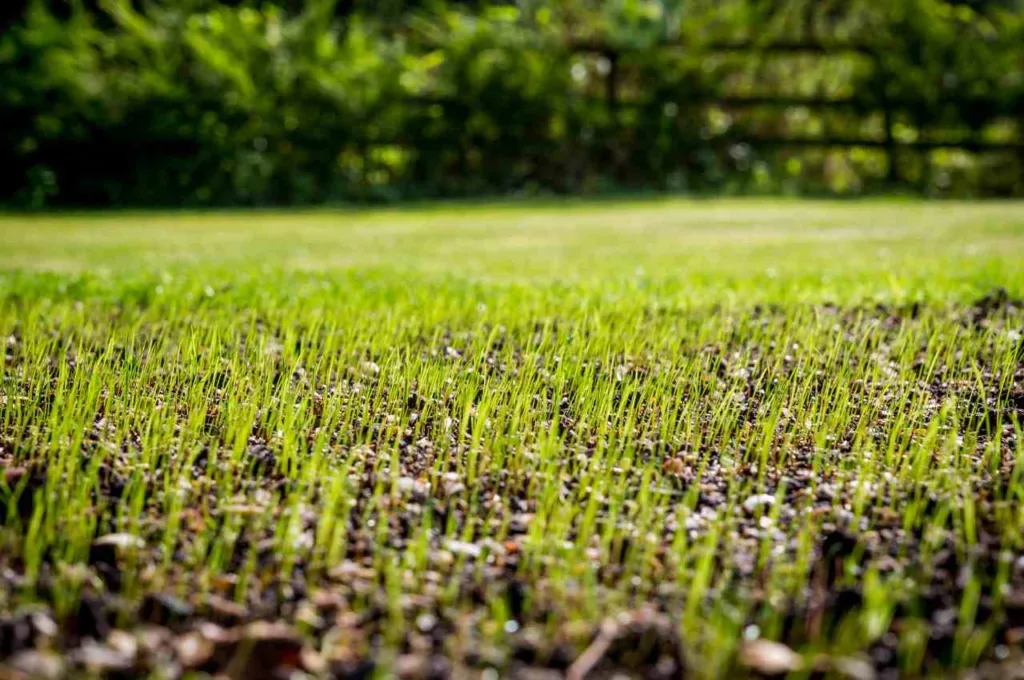
♻️ You’re Overseeding an Existing Lawn: Perennial Ryegrass, Fine Fescues
If you’re looking for grass seed to fill in gaps and give your lawn a thicker, denser appearance, there are a few different grass seed types that do well.
Perennial ryegrass is a good option because it germinates and establishes rapidly, so it should fill in bare patches quickly. It has a fine texture and dark green color, which gives lawns a lush look.
I’ve also had a good experience overseeding with fine fescues, including chewings fescue and creeping red fescue. These produce dense, low-growing leaves that blend well with existing grass varieties, so they shouldn’t stand out on your lawn.
You might also want to include a sprinkle of common meadowgrass in the seed mix because this grass type forms rhizomes that spread laterally, filling in gaps and creating a thicker turf.
My recommendation: A1 Lawn Multi-Purpose Grass Seed (combines dwarf perennial ryegrass, chewings fescue, and strong creeping red fescue)
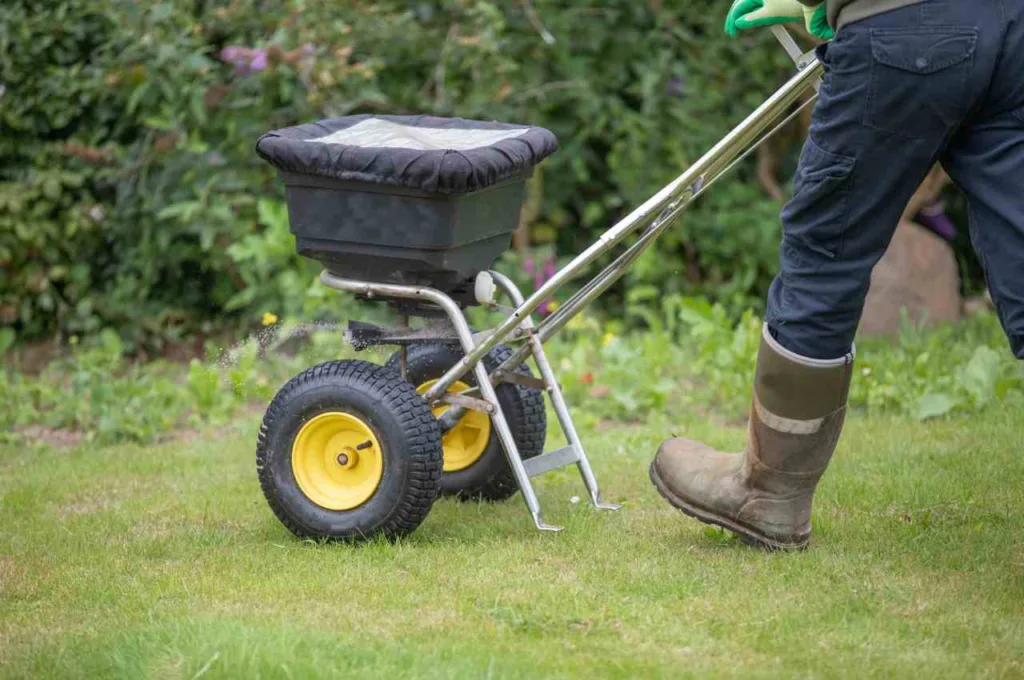
🌒 You Have A Shaded Lawn: Fine Fescues, Perennial Ryegrass
Shaded lawns need grass seed that can tolerate growing conditions with a lack of sunlight. If you use the wrong grass seed in shade, you’ll probably end up with bare patches and areas of yellow or dormant grass.
There are a few shade grass options for UK lawns. I recommend looking for seed mixes that contain fine fescues, which thrive in low-light conditions. I’ve found that varieties like creeping red fescue and chewings fescue tolerate shade well and maintain their colour and density even if they only have access to limited sunlight.
There are also some shade-tolerant perennial ryegrass varieties that are often included in shady seed mixes to provide additional resilience to wear and tear.
My recommendation: Grow Pure Grass Seed (combines turf perennial ryegrass and strong creeping red fescue)
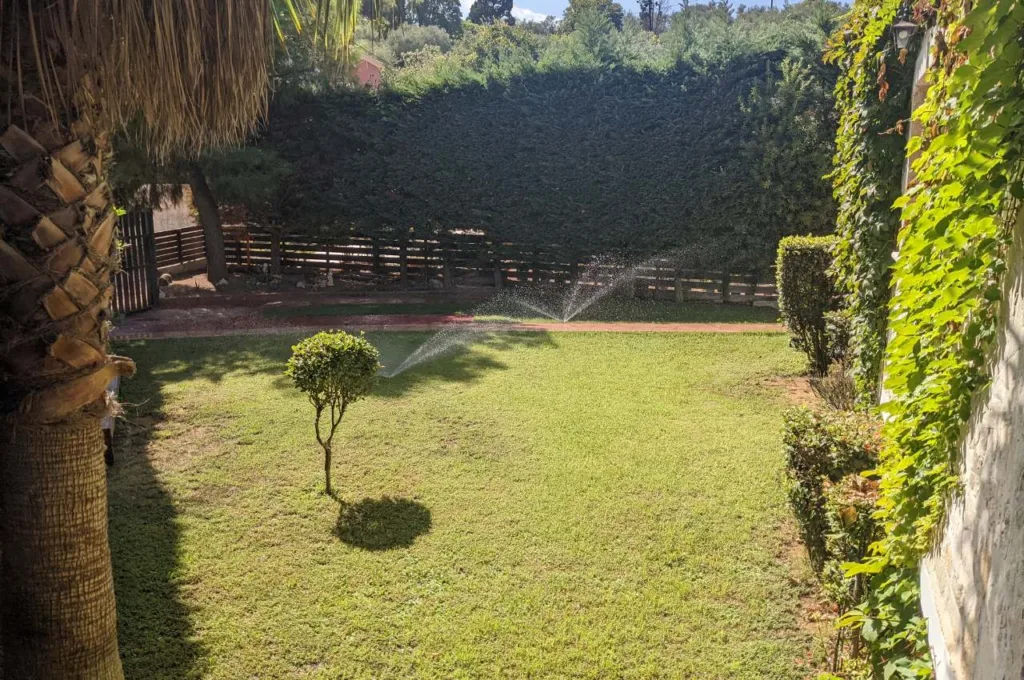
🐶 You Have Pets or Kids: Perennial Ryegrass, Tall Fescues
If you have pets or kids, you need to go for a hardwearing grass seed variety that can withstand a bit more wear and tear.
I recommend perennial ryegrass for lawns that are exposed to pets and kids because it germinates quicky and recovers well from foot traffic. From my experience, I’ve found that it forms a dense and resilient turf that can withstand frequent use.
Also look into tall fescue varieties, such as strong creeping red fescue or tall fescue itself, because these are known to offer excellent wear tolerance and drought resistance, making them well-suited for active lawns.
My recommendation: GroundMaster Hard-Wearing Pro Premium Grass Seed (combines two types of perennial ryegrass and creeping red fescue),
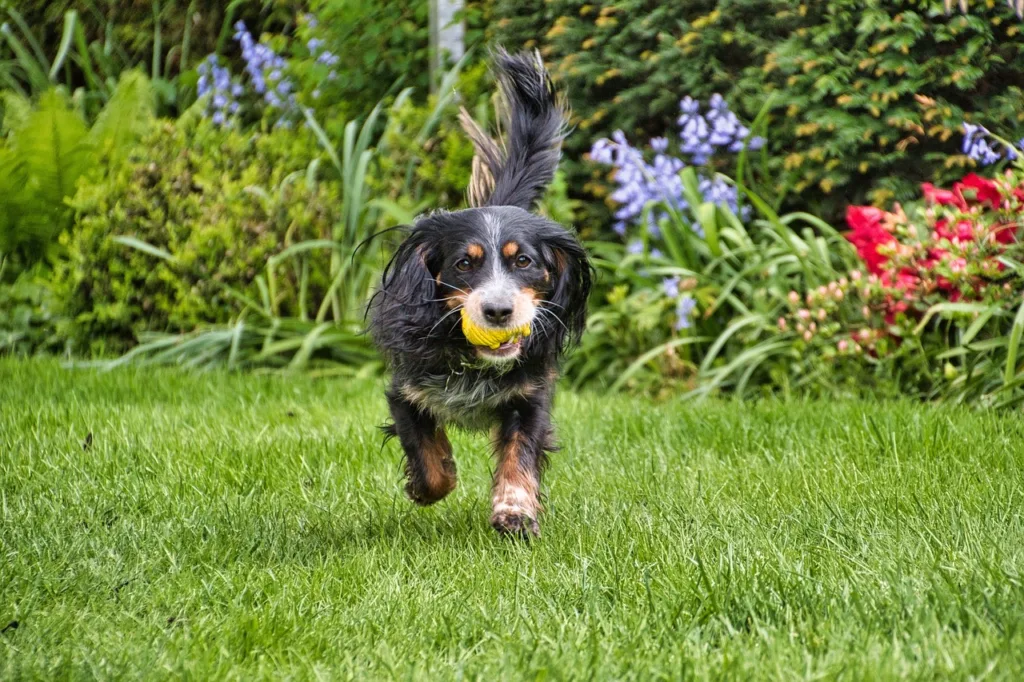
🏎 You Want Quick Growth: Perennial Ryegrass
No grass seed variety will give your lawn a new lease of life overnight, but some types of grasses are known for having a faster germination rate than others.
I’ve already mentioned that perennial ryegrass germinates quickly and establishes rapidly, and this is the grass seed type that I recommend if you want to achieve a lush, green lawn in a relatively short amount of time.
Perennial ryegrass is also one of the most tolerant grass species to a wide range of soil types and environmental conditions, so it can be used effectively in all regions across the UK.
My recommendation: Pronto Seed Grass Seed (combines annual and perennial ryegrass).
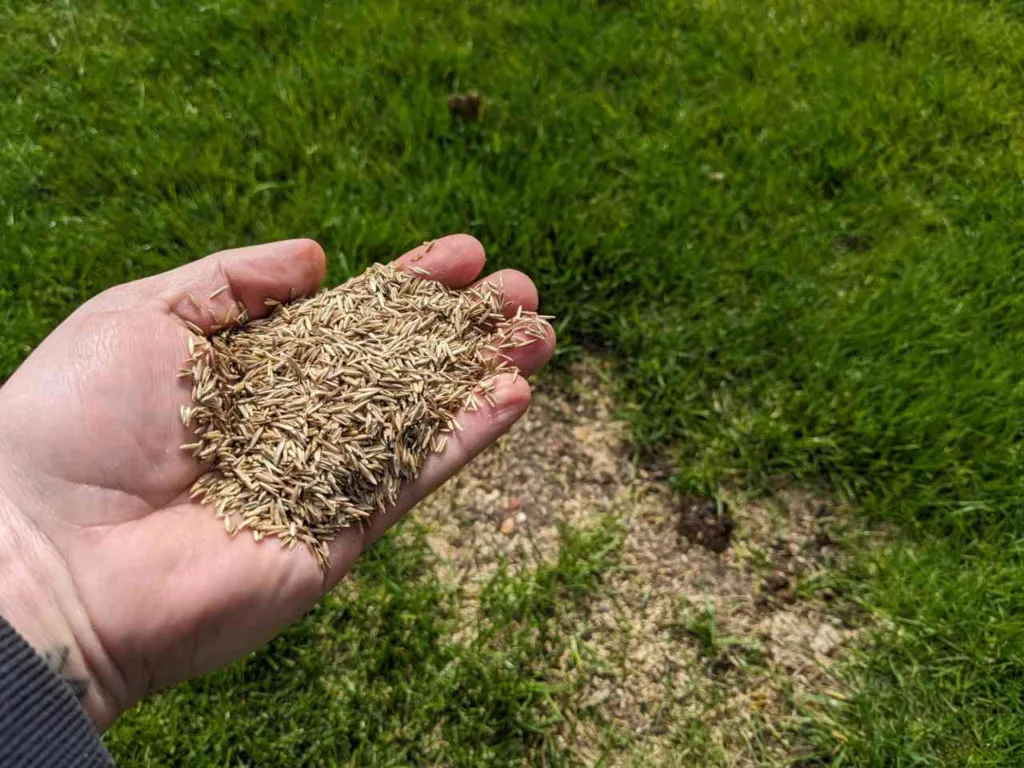
💦 Your Garden Has Drainage Issues: Tall Fescues, Fine Fescues
Establishing and maintaining a healthy lawn on wet or waterlogged ground is a tricky feat.
One of the best grass species for these conditions is fine fescue, particularly creeping red fescue. Fine fescues have shallow root systems, so they can better tolerate both wet and dry conditions, making them a good choice for areas with drainage problems.
I also recommend tall fescue, because its deep root systems may help to improve drainage and moisture retention in the soil.
You’ll need to address your garden’s drainage issues if you haven’t already. A milder problem with compacted soil can be resolved by aerating the ground, or, for bigger issues, you might have to dig drains to carry the water away from the area.
My recommendation: Clay King – Grass Seed for Clay Soil (combines tall fescue and tetraploid ryegrass)
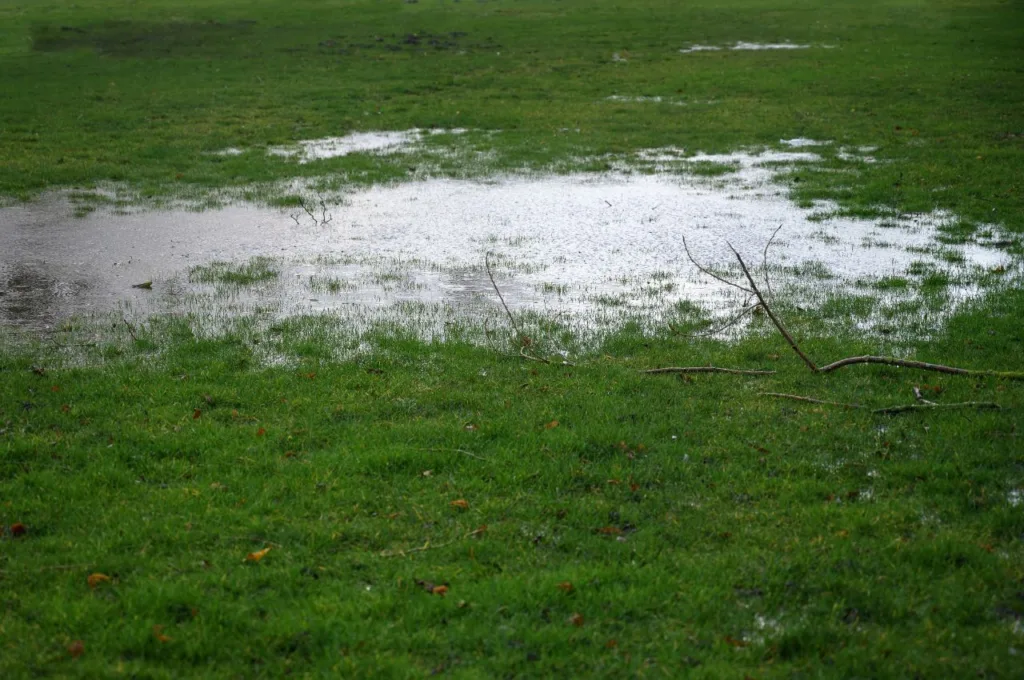
😎 You Want An Ornamental Lawn: Fine Grasses & Fescues
Finally, if you’re dreaming of an ornamental lawn to put your local five-star hotel or golf course to shame, a blend of fine fescue grass species is often the best choice.
Varieties like chewings fescue, creeping red fescue, and slender creeping red fescue, have a fine texture (as the name suggests!) and an attractive appearance.
These grasses typically grow uniformly and form a dense, lush carpet of leaves that create a manicured and elegant look, perfect for ornamental lawns.
Plus, fine fescues are relatively low-maintenance, so they need less frequent mowing and fertilisation compared to other grass species.
My recommendation: A1 Lawn AM Pro 7 Fine Blade Grass Seed (combines chewings fescue, strong creeping red fescue, slender creeping red fescue, and browntop bent)
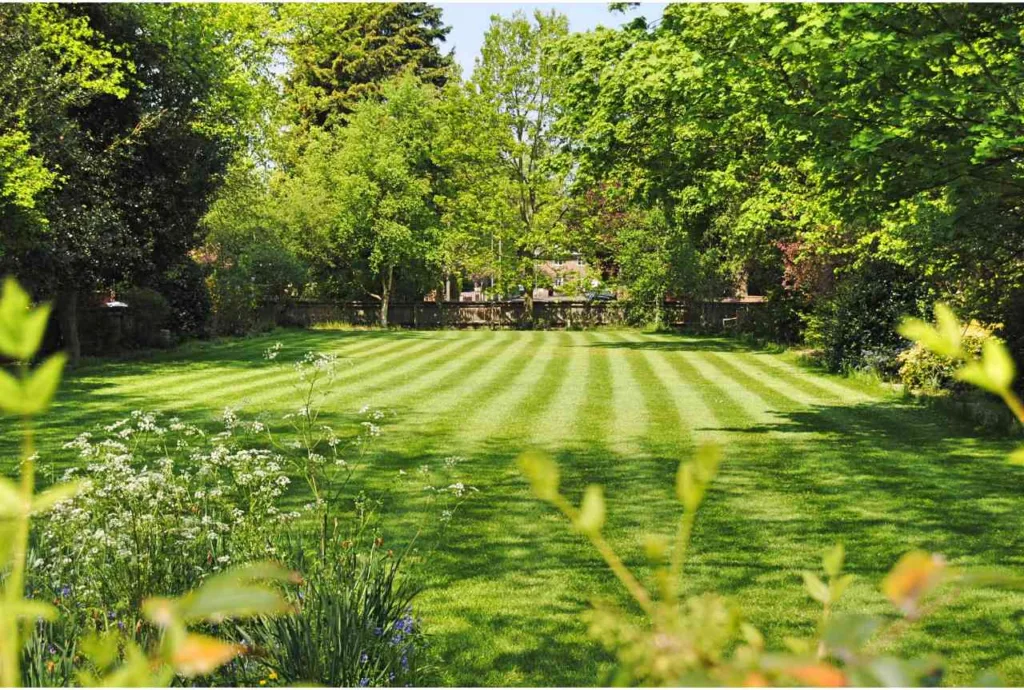
🏁 Final Word
Hopefully, you found what you were looking for in this article. But if you want to learn more about the best grass seed varieties for specific situations, or you just want to broaden your grass seed knowledge, these articles may help:

